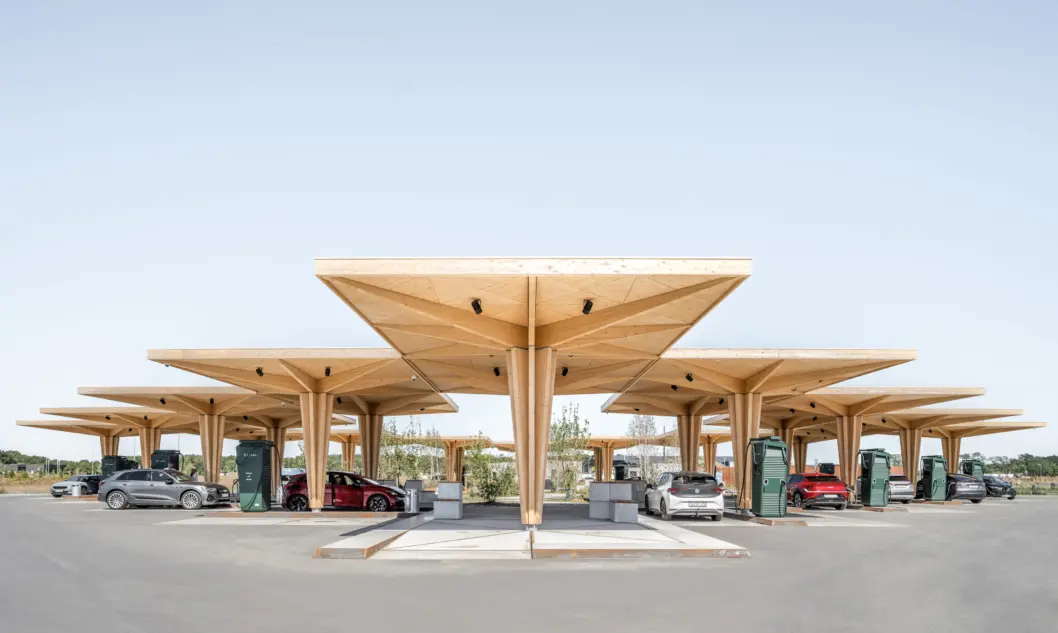Electric vehicle (EV) sales have surged by over 40% globally in 2023, as reported by Bloomberg Green, marking a pivotal shift in sustainable transport. But even more transformative is the rise of ultra-fast charging stations, which are redefining the landscape of electric mobility. These high-powered stations, capable of replenishing an EV battery in just minutes, are crucial to overcoming one of the biggest hurdles for EV adoption: range anxiety. In this article, you’ll discover how ultra-fast charging technology is revolutionizing the industry, the key players driving this evolution, and practical insights into utilizing these innovations.
The Rise of Ultra-Fast Charging: A Game Changer
What Are Ultra-Fast Charging Stations?
Ultra-fast charging stations, often equipped with 150 kW to 350 kW chargers, can charge an EV up to 80% in as little as 15-30 minutes. According to Electrek, these stations are becoming increasingly prevalent, with networks expanding rapidly across North America, Europe, and Asia. Unlike traditional chargers, which can take several hours to fully charge an EV, ultra-fast chargers significantly reduce downtime, making EVs more practical for everyday users.
Key Players and Technologies
Several companies are at the forefront of this charging revolution:
- Tesla Superchargers: Leading the charge with their V3 Superchargers, which can deliver up to 250 kW.
- Electrify America: Backed by Volkswagen, offers over 800 charging stations with power levels reaching 350 kW.
- Ionity: A joint venture by major automakers like BMW, Ford, and Hyundai, providing ultra-fast charging across Europe.
In addition to these, technology advancements from firms like ABB and ChargePoint are enhancing charger efficiency and accessibility, making it easier than ever for EV owners to keep their vehicles powered up.
Infrastructure Expansion: Bridging the Gap
Global Network Growth
The expansion of ultra-fast charging infrastructure is critical to supporting the burgeoning EV market. InsideEVs reports that by the end of 2024, the number of public fast chargers is expected to double, driven by government incentives and private investments. Countries like Norway and the Netherlands are leading the pack, with extensive networks that cater to both urban and rural areas.
Challenges and Solutions
Despite the rapid growth, challenges remain:
- Grid Capacity: Ultra-fast chargers demand significant power, necessitating upgrades to existing grid infrastructure.
- Cost: Building and maintaining these stations is expensive, but partnerships between automakers and energy companies are helping to offset costs.
Addressing these challenges requires innovative solutions, such as integrating renewable energy sources like solar and wind, which not only reduce the carbon footprint but also enhance grid resilience.
Practical Insights: Making the Most of Ultra-Fast Charging
How to Use Ultra-Fast Charging Stations
Using ultra-fast charging stations is straightforward, but a few tips can optimize the experience:
- Plan Your Route: Utilize apps like PlugShare or A Better Routeplanner to locate stations along your journey.
- Check Compatibility: Ensure your EV is compatible with the charging station’s power output.
- Monitor Battery Health: Frequent ultra-fast charging can stress the battery, so balance with slower charging when convenient.
Where to Find Them
Ultra-fast charging stations are strategically located along major highways and urban centers. Key spots include:
- Tesla Supercharger Networks: Available at popular travel corridors and urban areas.
- Electrify America Stations: Positioned at shopping centers and highway exits.
- Ionity Locations: Found across Europe, often near rest areas and service stations.
The Future of Electric Mobility: A Bright Horizon
Key Takeaways
Ultra-fast charging stations are pivotal in driving the adoption of electric vehicles by addressing range anxiety and reducing downtime. As infrastructure expands and technology advances, EVs will become an increasingly viable option for consumers worldwide.
Looking Ahead
The future of electric mobility looks promising, with continued investments in charging technology and infrastructure. As reported by TechCrunch, the integration of smart grids and vehicle-to-grid technology will further enhance the efficiency and sustainability of EV charging networks. As we move towards a more electric future, embracing these innovations will be essential for both consumers and policymakers.
In conclusion, ultra-fast charging stations are not just a technological innovation; they’re a catalyst for change in the automotive industry. Whether you’re an early adopter or considering your first electric vehicle, understanding and utilizing these rapid charging solutions can enhance your driving experience and contribute to a more sustainable world. As we look to the future, what developments in EV technology are you most excited about? Join the conversation and share your thoughts!

